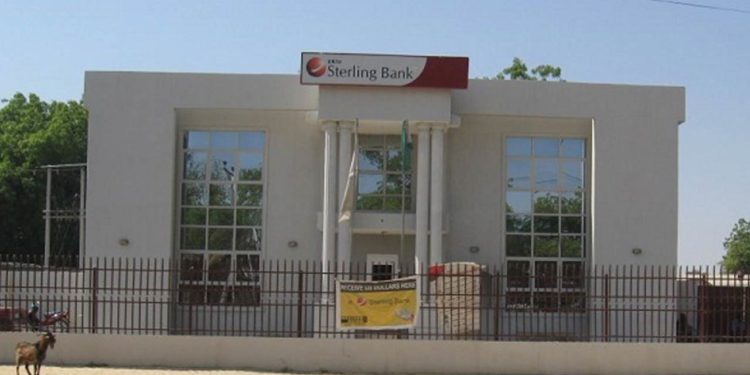Fitch Ratings has affirmed Sterling Bank Plc’s Long-Term Issuer Default Rating (IDR) at ‘B-’ with a Stable Outlook, Viability Rating (VR) at ‘b-’ and National Long-Term Rating at ‘BBB+(nga)’.
The rating agency also noted that it has withdrawn Sterling’s Support Rating and Support Rating Floor as they are no longer relevant to the agency’s coverage following the publication of its updated Bank Rating Criteria on 12 November 2021.
In line with our updated criteria, we have assigned Sterling a Government Support Rating (GSR) of ‘ns’.
In the ratings note released at the weekend, Fitch said, Sterling’s IDRs are driven by its standalone creditworthiness, as expressed by its VR of ‘b-’.
“The VR reflects Sterling’s sensitivity to Nigeria’s challenging operating environment, a fairly small franchise, high credit concentrations and weaknesses in the bank’s foreign-currency (FC) funding profile. These are balanced by healthy asset quality metrics and reasonable capitalisation.
“Rising global risks will weaken domestic operating conditions. Inflation is expected to remain stubbornly high, posing downside risks to our real GDP growth forecasts of 3.1 per cent in 2022 and 3.3 per cent in 2023. However, downside risks are somewhat mitigated by strong oil prices, which should also underpin growth in non-oil sectors and banks’ asset quality.
“Sterling operates exclusively in Nigeria under a national banking licence and has fairly small market shares, representing 2.6 per cent of banking system assets at end-2021.”
The rating agency however noted high credit concentrations in the bank, saying, “single-borrower concentration is high, with the 20 largest customer exposures representing 50 per cent of gross loans and 262 per cent of Fitch core capital (FCC) at end-2021. Oil and gas exposure has reduced in recent years but remains high, representing 24 per cent of gross loans and 124 per cent of FCC at end-2021.



